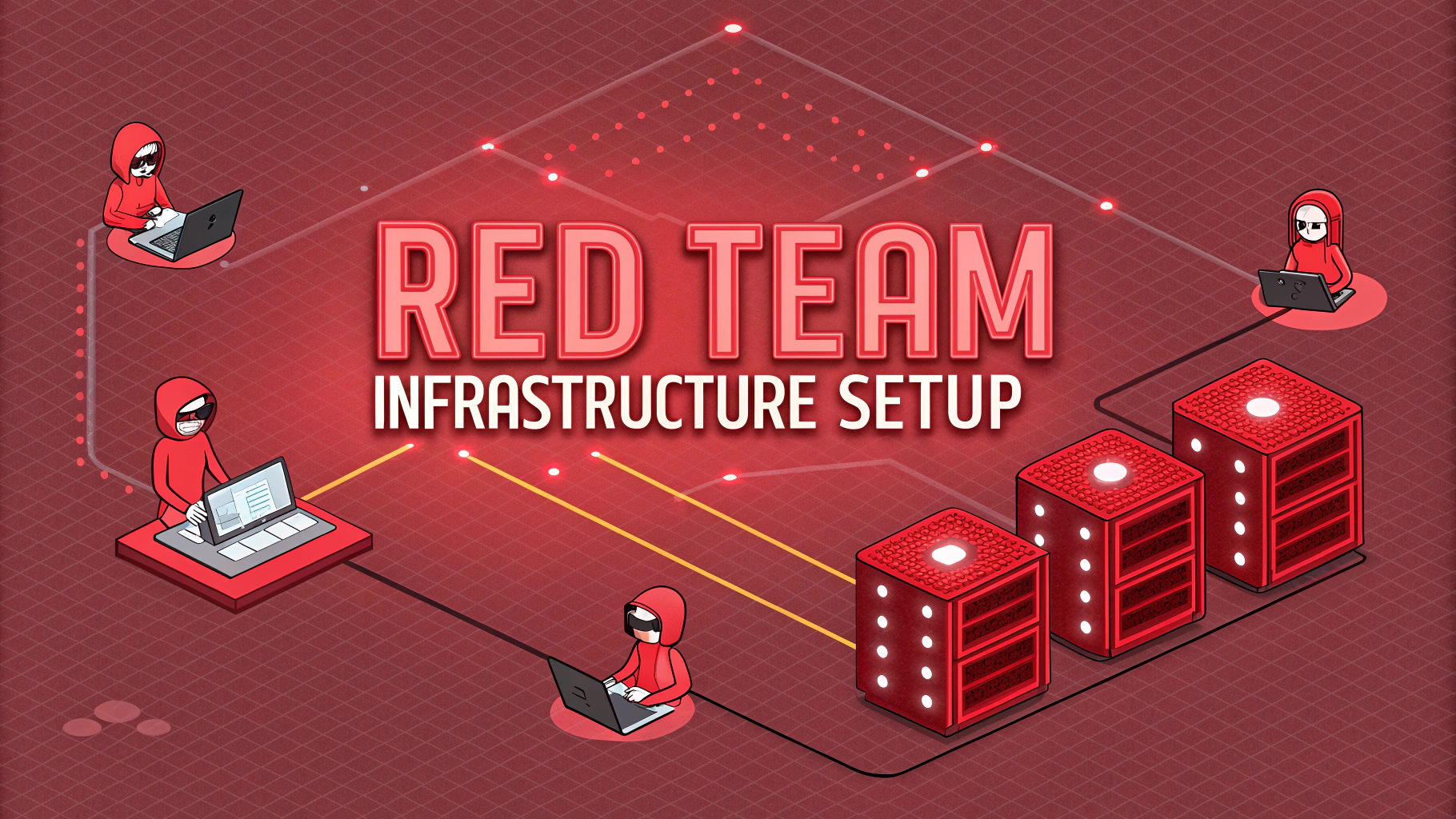Security blogs provide essential intelligence for penetration testers and security professionals seeking to stay current with emerging threats, tools, and techniques.
A curated directory of top security blogs helps cut through the noise to find reliable, technical content focused specifically on penetration testing methodologies and discoveries.
This guide highlights the most valuable security blog resources for penetration testers, featuring both established industry experts and emerging voices making meaningful contributions to offensive security research.
Technical Security Blogs
- PortSwigger Research – https://portswigger.net/research – Deep technical analysis of web security vulnerabilities and attack techniques
- Project Zero – https://googleprojectzero.blogspot.com/ – Google’s security research team sharing detailed vulnerability discoveries
- HackerOne HackerOne – https://hackerone.com/hacktivity – Real-world vulnerability reports and bounty awards
Independent Security Researchers
- Orange Tsai – https://blog.orange.tw/ – Advanced web security research and novel attack chains
- James Kettle – https://skeletonscribe.net/ – Web security research with practical exploitation techniques
- PhilipHornshaw – https://hornshaw.blog/ – Red team operations and infrastructure testing
Corporate Security Blogs
- Microsoft Security – https://www.microsoft.com/security/blog/ – Threat intelligence and vulnerability research
- CloudFlare – https://blog.cloudflare.com/tag/security/ – Web security and DDoS protection insights
- Bishop Fox – https://bishopfox.com/blog – Offensive security research and penetration testing methodologies
Community Resources
- Reddit /r/netsec – https://reddit.com/r/netsec – Community-curated technical security content
- Packet Storm – https://packetstormsecurity.com/ – Security news and tool releases
- 0x00sec – https://0x00sec.org/ – Technical discussion forum for security researchers
Tool Documentation Blogs
- Metasploit – https://blog.rapid7.com/tag/metasploit/ – Updates and tutorials for the Metasploit Framework
- Burp Suite – https://portswigger.net/blog – Web security testing tool development
- Kali Linux – https://www.kali.org/blog/ – Penetration testing distribution updates
Following Security Blogs Effectively
Use RSS readers like Feedly or Inoreader to aggregate blog content in one place.
Set up email notifications for high-priority blogs publishing infrequent but valuable content.
Join relevant Discord and Slack communities where researchers share and discuss new blog posts.
Taking Action With Blog Content
Document interesting techniques in a personal knowledge base for future reference.
Reproduce vulnerability findings in lab environments to understand the technical details.
Share discoveries and insights with the security community through your own blog posts or social media.
Building Your Security Knowledge Base
Create collections of blog posts organized by topic like web security, network penetration, or cloud security.
Take detailed notes on new attack techniques and methodologies for use in future penetration tests.
Regularly review and update saved content to maintain relevance as the security landscape evolves.
Contributing to the Security Community
Start your own security blog to document findings and share knowledge with others in the field.
Engage with blog authors through comments and social media to build professional connections.
Submit guest posts to established security blogs to increase visibility of your research.
Evaluating Blog Credibility
- Verify author credentials and professional experience
- Check technical accuracy and depth of analysis
- Look for proper vulnerability disclosure practices
- Assess regular posting frequency and consistency
Advanced Research Techniques
Search Strategies
- Use Google dorks to find specific vulnerability write-ups
- Create custom search engines focused on trusted security blogs
- Set up keyword alerts for emerging threats and techniques
Content Organization
- Tag and categorize saved articles for easy reference
- Maintain separate collections for different security domains
- Archive important posts offline for permanent access
Strengthening Your Security Arsenal
Regular consumption of quality security blog content builds expertise and keeps skills current.
Active participation in the security blogging community creates opportunities for collaboration and growth.
Building a comprehensive knowledge base from trusted blogs provides a foundation for successful penetration testing engagements.
FAQs
- What is penetration testing and why is it important for cybersecurity?
Penetration testing is a systematic process of testing computer systems, networks, and applications to identify security vulnerabilities that attackers could exploit. It’s crucial for identifying weaknesses before malicious actors do, ensuring compliance requirements, and validating existing security controls. - What are the different types of penetration testing?
The main types include network penetration testing (internal and external), web application testing, wireless network testing, social engineering testing, and physical security testing. Each type focuses on different aspects of an organization’s security infrastructure. - What tools are commonly used in penetration testing?
Popular tools include Nmap for network scanning, Metasploit for exploitation, Burp Suite for web application testing, Wireshark for packet analysis, and Kali Linux as a comprehensive penetration testing platform. - What is the difference between black box, white box, and grey box penetration testing?
Black box testing involves no prior knowledge of the system, white box testing provides complete system information to the tester, and grey box testing offers partial system knowledge. Each approach simulates different types of potential attacks. - How often should organizations conduct penetration tests?
Organizations should conduct penetration tests at least annually, after significant infrastructure changes, following major system upgrades, or when required by compliance standards like PCI DSS. - What qualifications should a penetration tester have?
Professional penetration testers typically hold certifications such as CEH (Certified Ethical Hacker), OSCP (Offensive Security Certified Professional), or CREST certifications, along with extensive knowledge of networking, programming, and security concepts. - What are the phases of a penetration test?
The main phases include planning and reconnaissance, scanning, vulnerability assessment, exploitation, post-exploitation, and reporting. Each phase must be documented and conducted within the agreed scope. - What is the difference between vulnerability scanning and penetration testing?
Vulnerability scanning is an automated process that identifies potential vulnerabilities, while penetration testing involves active exploitation of vulnerabilities by skilled professionals to demonstrate actual security risks. - How should organizations prepare for a penetration test?
Organizations should define the scope, establish testing boundaries, backup critical data, inform relevant stakeholders, and ensure proper authorization and documentation are in place before testing begins. - What should a penetration testing report include?
A comprehensive penetration testing report should include an executive summary, detailed findings, risk ratings, technical details of vulnerabilities, proof of concept, and specific remediation recommendations.








